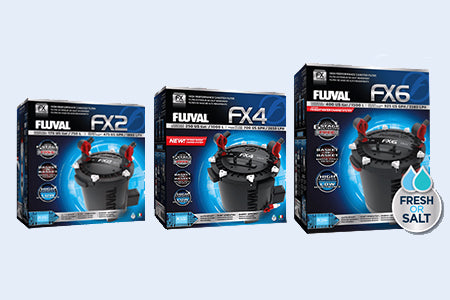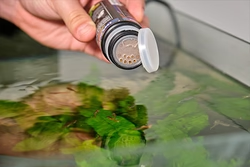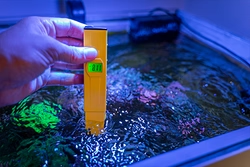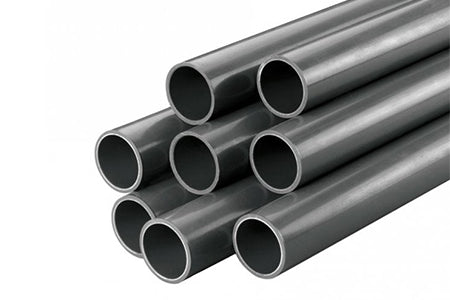Alfalfa is widely regarded as a superfood and prized for its superior nutritional content. It is a good, natural source of a whole host of nutrients including many vitamins and minerals - most notably iron, magnesium, manganese, vitamin A, C, E and several B vitamins, as well as good quality fiber. It is also consumed by many grazing animals in the wild and has been grown as a livestock feed for hundreds of years.
Calcium carbonate
We hear lots of talk about calcium and its benefits in the reptile hobby, however, this refers to the naturally occurring common form, calcium carbonate. It is abundant in nature and found in limestone, chalk and is the fossilized remnants of early marine life. It is essential for strong bones and many other important functions.
Dandelion
Dandelions may the gardener?s nemesis but to every reptile keeper that owns herbivorous, or in fact, omnivorous species, they are an absolute seasonal treat. Easily recognisable by their beautiful yellow flowers, big leaves, and unmistakable floating seeds, the flowers surpass most, if not all, vegetables in abundance of nutrients. All parts of the dandelion are edible, stems, flower, leaves and roots. Dandelions are a great source of fibre?and vitamins A, C, K, E, folate, and small amounts of other B vitamins. ***It provides minerals like iron, calcium, magnesium and is full of antioxidants, in fact, its botanical name Taraxacum officinale refers to its healing effect, Taraxacum comes from the Greek and means anti-inflammatory and officinale refers to the common name for herbs. So, we now know that it is highly nutritious, boosts the immune system and supports healthy bones.
Carrot
Carrots contain the best-known carotenoid, carotene, which give carrots their bright orange color. Carrots are packed with vitamins and minerals and rich in beta carotene, which your body converts into?vitamin A. This nutrient promotes good vision and is important for growth, development, and immune function. They also contain B7 vitamin, formerly known as vitamin H, biotin, which plays an important role in fat and protein metabolism. A group of related vitamins, B6, is involved in the conversion of food into energy. Interestingly, they also have Vitamin K1 which is important for blood clotting and bone health. Carrots also have good levels of potassium, which is an essential element and important for many bodily functions.
Spinach
Spinach is a nutritious leafy green, high in fibre and packed with vitamins and minerals such as vitamin A, B2, B6, B9, C, E, K1, iron, magnesium and calcium. Spinach is also considered a superfood containing a host of nutrients and antioxidants and is listed as having numerous other health benefits.
Bee Pollen
This is probably the most talked about reptile supplement in recent years, and rightly so, as it contains a wealth of nutrients with many benefits. It contains over 250 biologically active components and is rich in minerals and antioxidants.
Spirulina with DHA
This is an alga that we have specially grown for us. It is extremely nutrient dense, containing almost the full spectrum of B-vitamins which are essential to the health of the central nervous system and the brain. High in many other essential vitamins and minerals, the nutrients in spirulina are highly bioavailable and is easily broken down by the digestive system. Containing all 9 of the essential amino acids, spirulina is high in net protein utilisation, meaning it is 85% - 95% digestible ? with its amino acids being delivered to the body for almost instant absorption. Uniquely, spirulina also contains the phytochemical phycocyanin, which is the pigment that gives spirulina its blue-green hue. Often referred to as the 'Wonder Molecule', studies of phycocyanin have shown it has extremely high antioxidant activity and is powerfully anti-inflammatory. Gram for gram, spirulina may be the single?most nutritious food?on the planet, it contains 26 times the calcium of milk.
Natural Red Clay
Natural red clay, or Pelagic red clay, accumulates in the deepest and most remote areas of the ocean. It covers 38% of the ocean floor and accumulates more slowly than any other sediment type as they settled through the water column. These sediments consist of eolian dust, clay minerals, volcanic ash, residue of siliceous microfossils, accessory constituents found in red clay include meteorite dust and aquatic skeletal mass. These clays are very mineral rich and include a wealth of trace elements.
Papaya
Papaya is rich in fiber, Vitamin A, C, E and antioxidants like beta-carotene which helps prevent damage from free radicals.
Dunaliella Salina
This is a type of micro-algae,?usually found in sea salt fields, revered for its?antioxidant?activity and its ability to create large amounts of?high-quality carotenoids. This is another alga that is grown exclusively for us under license by the French government in a protected area of outstanding natural beauty. It takes several months to grow and has a limit on how much can be harvested at any one time. Due to the abundance of beta-carotene, which is a powerful antioxidant?as well as a?vitamin A?precursor,?D. Salina?is a popular pro-vitamin A food supplement?for both human and animal use. Carotenoids act as antioxidants but are also crucial for eyesight by aiding clear vison and preventing damage by absorbing near ultraviolet and blue light. The best-known carotenoid, carotene, give carrots their bright orange colour. The pink colour of flamingos and salmon come from carotenoids. Flamingos, salmon, shrimp and lobsters get their pigments from consuming algae or algae eaters. Algae contain eight times the carotene provided by carrots.
Silicic acid
Silicic acid is a natural compound of the mineral substance silicon and oxygen. It can bind to a variety of harmful and toxic substances, including pathogens. This renders them harmless so that they can be removed naturally through the intestines and out of the body. Silicic acid exists naturally in seawater as well as sand, quartz and even the human body. Orthosilicic acid is found in tissues, bones, tendons, kidneys and the liver, and is necessary for life. This mineral content is also available in food sources such as beets, brown rice, bell peppers, soybeans, alfalfa, leafy green vegetables such as kale and whole grains.
Mango
Although we use mango mainly as a natural attractant it also contains a wealth of nutrients and antioxidants. Mangos contain over 20 different vitamins and minerals, one serving provides 35% of your daily vitamin A, 100% of your daily vitamin C, and 10% of your daily vitamin B6.





















































